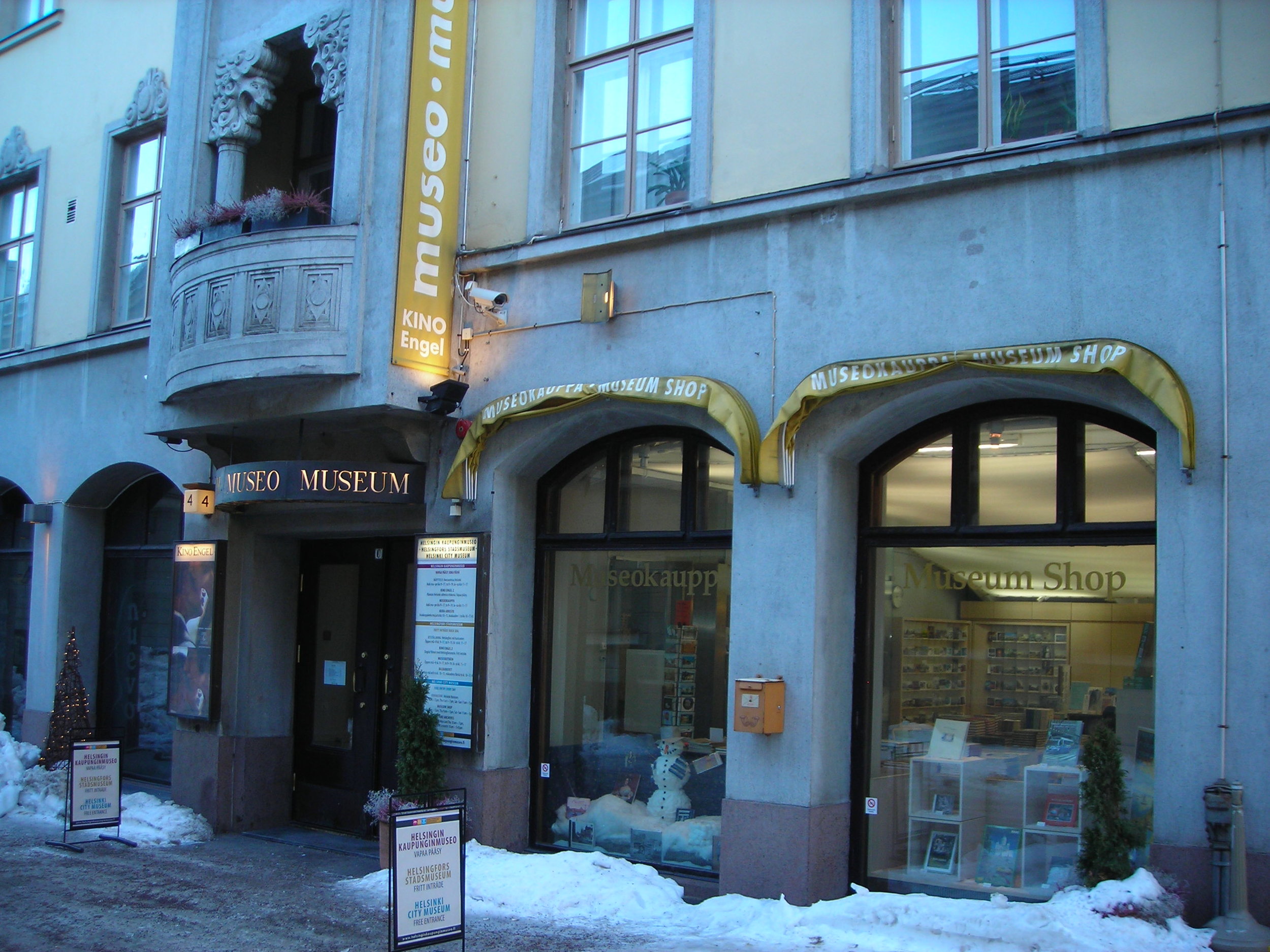While I am here I am working informally with the Helsinki City Museum, exchanging information and ideas. So far I have visited three of their ten sites, met with the senior staff, and toured two storage facilities. I will write much more about their work in coming days, but for now, a want to give a few first impressions. I can’t help but start with the fact that the Helsinki City Museum is considerably larger than its Boston counterpart, in every way: the number of public facilities (10 vs. 1), staff size (71 vs. 11, full-time), budget ($9.8 vs. $1.2 million), and the number of artifacts owned (300,000 vs. 7,000). There are two obvious reasons for this significant disparity. First, European museums have a history of strong public support, and the Helsinki City Museum is fully funded by the local government. By contrast, the Bostonian Society is mainly supported through private funding—grants from foundations and corporations, individual donations, and earned income. Its staff has to work a lot harder for every dollar earned, and therefore its resources and assets have accrued much more slowly over time. Second, in Boston, dozens of historical organizations compete for resources, visitors, and new acquisitions. In the 18th century the American Revolution marked Boston as an historical city, and therefore as far back as 1791 institutions have been springing up to preserve this or that historic site, or to collect this or that part of the story. The Bostonian Society may own only 7,000 artifacts, but caches of Boston treasures can also be found at Massachusetts Historical Society, the Boston Athenaeum, the Boston Public Library, Historic New England, Museum of African American History, the Paul Revere House, Old South Meeting House, Harvard University, historical societies for each neighborhood, and the list goes on. In Helsinki history is consolidated, and Helsinki City Museum’s sister historical organizations can be counted on one hand. I am also struck by the quality of the work at Helsinki City Museum. It’s not necessarily cutting edge, but it is thoughtful, comprehensive, and creative. Yes, ample resources do help, but we’ve all seen institutions with huge endowments that produce poor product. Perhaps good leadership has something to do with it? I have a lot of respect for Tiina Merisalo, and she has been director since 2003, long enough to make her mark. But I also wonder if there isn’t something about the Finnish workplace. Americans bring so much baggage into work, particularly in the non-profit sector, where many are poorly-paid and making do. From what I have seen, Finns don’t come to work worrying about their mortgage or their kid’s education or a myriad of social problems. They don’t hold onto a job that makes them miserable simply to have health insurance. They come to work and, remarkably, they just work. Does quality of life affect quality of final product? I intend to investigate further.
